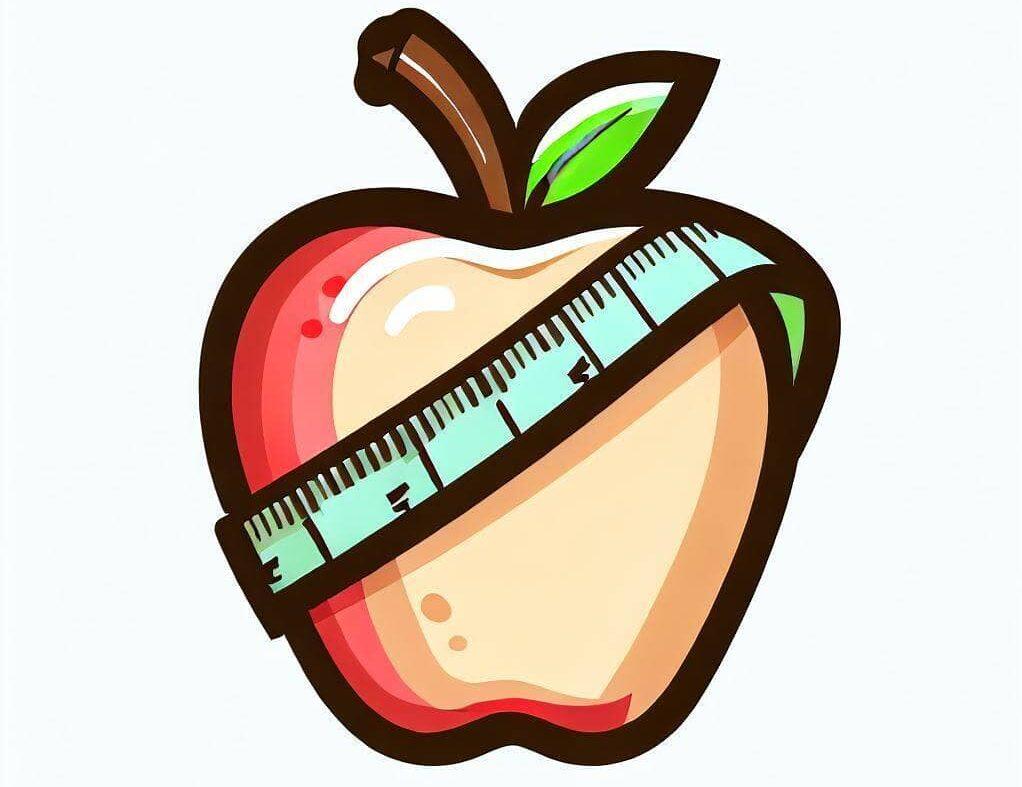Is Polenta Good for Weight Loss?
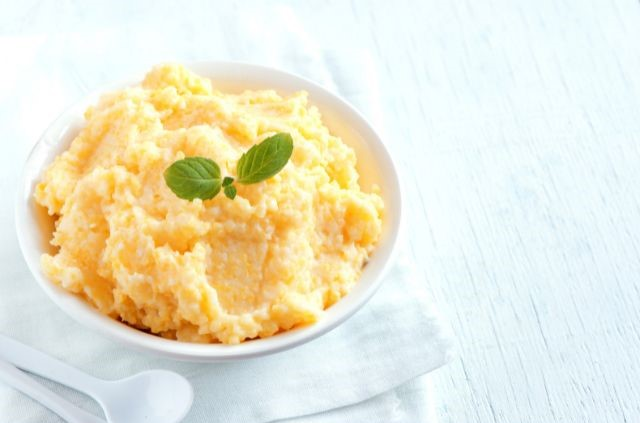
“Is polenta good for weight loss?”, Yes, polenta can be a healthy food choice if it is prepared with water or low-fat milk instead of cream or butter, if it is served with nutritious toppings or sides, and if it is eaten in moderation as part of a balanced diet.
However, polenta can also be unhealthy if it is cooked with high-fat or high-calorie ingredients, if it is served with processed or sugary foods, and if it is eaten in excess or as a substitute for other nutritious foods.
As a nutritionist, I often get asked by my clients about whether they should eat polenta when weight loss is the goal. Here is my full rundown of this delicacy.
Nutrition Facts of Polenta
As per the USDA, 3/4th cup (125 g) of serving of polenta cooked in water provides the following nutrients:
Serving Size: 0.75 cup (125 g)
Calories: 80
Protein: 2 g
Carbs: 17 g
Fiber: 1 g
Fat: 0.5 g
Potential Benefits of Polenta for Weight Loss
Whole Grain Goodness
Polenta is made from yellow corn, which is a whole grain. Whole grains are packed with fiber, which is beneficial for weight loss.
Dietary fiber adds bulk to your diet, making you feel full faster and for a longer duration. This can help reduce overall food intake.
Additionally, fiber aids in digestion and promotes a healthy gut, which is crucial for weight management.
Studies have shown that a diet rich in whole grains is associated with a reduced risk of obesity and other chronic diseases.
Gluten-Free
Polenta is naturally gluten-free, making it an excellent choice for those with celiac disease or gluten sensitivity.
While being gluten-free in itself doesn’t directly contribute to weight loss, many people with gluten sensitivities experience bloating and digestive discomfort when they consume gluten-containing foods.
By opting for gluten-free foods like polenta, they can avoid these issues, leading to a more comfortable and efficient digestive process.
A well-functioning digestive system can aid in proper nutrient absorption and metabolism, indirectly supporting weight management.
Rich in Complex Carbs
Complex carbohydrates, as found in polenta, are made up of sugar molecules strung together like a necklace.
These complex carbs are broken down and digested more slowly than simple carbs, leading to a gradual release of energy.
This slow release ensures that blood sugar levels remain stable, preventing sudden spikes and crashes.
Stable blood sugar levels can help curb unnecessary snacking and overeating, as there are no sudden energy drops that the body tries to compensate for by craving quick energy sources like sugary snacks.
Low in Fat
When prepared traditionally with water and without the addition of high-fat ingredients like butter or cheese, polenta is relatively low in fat.
Diets that are moderate to low in fat, especially saturated fats, are often recommended for weight loss and overall heart health.
Consuming foods low in fat means you’re taking in fewer calories, as fats are more calorie-dense than proteins or carbohydrates.
By choosing low-fat options like water-cooked polenta, you can create a calorie deficit, which is essential for weight loss.
Potential Downsides of Polenta for Weight Loss
Calorie-Dense
Polenta, when cooked, can be calorie-dense, especially if not portion-controlled. This is because the ground cornmeal expands when cooked with water or broth, absorbing the liquid and increasing in volume.
While it might seem like you’re eating a small portion, the caloric content can be higher than anticipated.
Consuming more calories than you burn leads to weight gain. For those strictly monitoring their caloric intake for weight loss, it’s essential to be aware of portion sizes when consuming polenta.
Cooking Methods Matter
The way polenta is prepared can significantly impact its nutritional value. Adding ingredients like butter, cheese, cream, or excessive olive oil can quickly elevate the calorie and fat content of the dish.
While fats are an essential part of our diet, they are more calorie-dense, with 9 calories per gram compared to 4 calories per gram for carbohydrates and proteins.
Therefore, a polenta dish laden with high-fat ingredients can counteract weight loss efforts by increasing the overall caloric intake.
Not a Complete Protein
While polenta does contain some protein, it lacks the complete profile of essential amino acids that our body requires.
Amino acids are the building blocks of proteins, and “essential” amino acids are those that the body cannot produce on its own and must obtain from food.
Complete proteins are crucial for muscle repair and growth, especially if you’re engaging in physical activity as part of your weight loss regimen.
Relying on polenta as a primary protein source might not provide the body with all the necessary amino acids, potentially affecting muscle health and metabolism.
Potential Impact on Blood Sugar
While polenta contains complex carbohydrates that are digested more slowly than simple carbs, it still has the potential to impact blood sugar levels, especially in large quantities or when consumed without other foods to slow its digestion (like fiber-rich vegetables or proteins).
Rapid rises in blood sugar can lead to a subsequent rapid drop, leading to hunger and potential overeating.
For people with diabetes or insulin resistance, it’s especially crucial to monitor the impact of foods like polenta on blood sugar levels.
Tips for Incorporating Polenta Into a Weight Loss Diet
Choose Whole-Grain Polenta Over Refined or Instant Varieties
Whole grains retain all parts of the grain: the bran, germ, and endosperm. In contrast, refined grains have had the bran and germ removed, leaving only the endosperm.
This refining process strips away much of the fiber, vitamins, and minerals. Whole-grain polenta, therefore, offers more nutritional benefits.
The higher fiber content in whole grains aids in digestion, promotes feelings of fullness, and can help prevent overeating.
Fiber also plays a role in stabilizing blood sugar levels, preventing rapid spikes and crashes, and can contribute to lower cholesterol levels.
The presence of more vitamins, minerals, and antioxidants further supports overall health and metabolism.
Cook Polenta with Water or Low-Fat Milk Instead of Cream or Butter
The choice of liquid used to cook polenta directly impacts its caloric and fat content. Water and low-fat milk are lower in calories and fat compared to cream or butter.
By opting for these alternatives, you’re reducing the overall energy density of the dish.
Herbs, spices, and a moderate amount of cheese can add flavor without significantly increasing the calorie content.
This approach ensures that the polenta remains a dish conducive to weight loss while still being flavorful.
Use Polenta as a Base for Your Meals
Polenta’s versatile nature makes it an excellent base for various toppings, allowing for a balanced meal.
By pairing polenta with proteins (like meats or beans) and vegetables, you’re ensuring a mix of macronutrients.
This combination can lead to prolonged satiety, reducing the likelihood of overeating later. For instance, adding tomato sauce provides lycopene, an antioxidant, while mozzarella offers calcium and protein.
Roasted vegetables add fiber and essential vitamins, and chicken provides lean protein. These combinations ensure a nutrient-dense meal that supports weight loss efforts.
Bake or Grill Polenta Instead of Frying It
The method of cooking can significantly alter the nutritional profile of a dish. Frying often requires a substantial amount of oil, increasing the calorie and fat content of the food.
Baking or grilling, on the other hand, can achieve a crispy texture without the need for excessive fats.
By choosing to bake or grill polenta, you’re opting for a cooking method that retains the food’s flavor and texture while keeping it aligned with weight loss goals.
Serving baked or grilled polenta as a side dish or snack offers a healthier alternative to many fried foods, aiding in calorie control.
Alternatives to Polenta For Weight Loss
Spiralized Vegetables
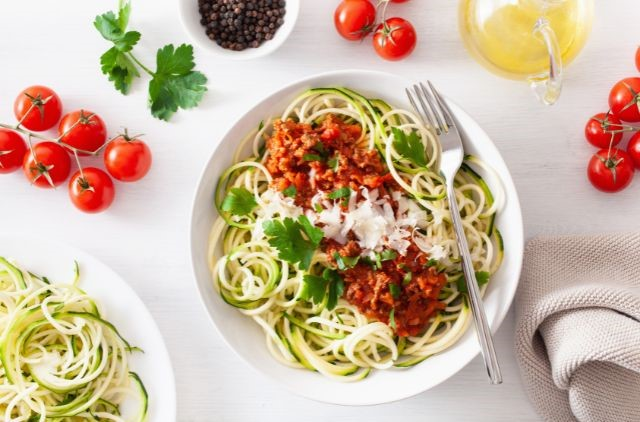
These vegetables are cut into thin, noodle-like strands using a spiralizer or a vegetable peeler. You can use zucchini, carrots, turnips, beets, cucumbers, or any other vegetable you like.
Spiralized vegetables are much lower in carbs than polenta and also provide fiber, vitamins, and minerals.
You can eat them raw or cook them briefly in boiling water or a skillet. You can top them with your favorite sauce or dressing and enjoy them as a main or a side dish
Also read: Is Pasta Salad Good for Weight Loss?
Eggplant Lasagna
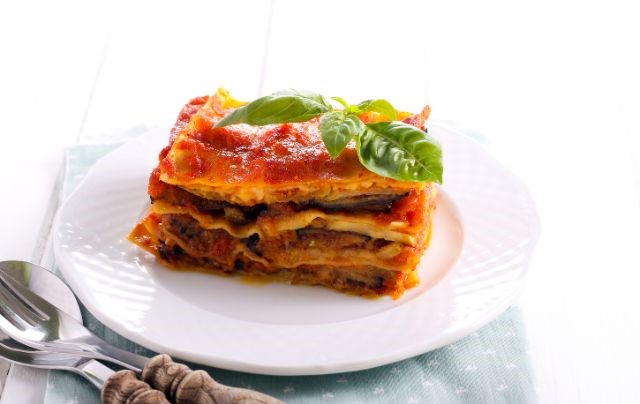
This is a low-carb version of the classic Italian dish that uses eggplant slices instead of pasta sheets.
Eggplant is a good source of fiber, antioxidants, and phytochemicals that may have anti-inflammatory and anti-cancer effects.
To make eggplant lasagna, you need to slice the eggplant thinly, sprinkle some salt on both sides and let it sit for 10 minutes to draw out the excess moisture. Then, rinse the eggplant slices and pat them dry with paper towels.
You can bake them in the oven for 15 minutes or grill them on both sides until tender.
Then, layer the eggplant slices with cheese, tomato sauce, meat, and herbs in a baking dish and bake for 25 minutes until bubbly.
Also read: Is Broccoli Good for Weight Loss?
Cauliflower Rice
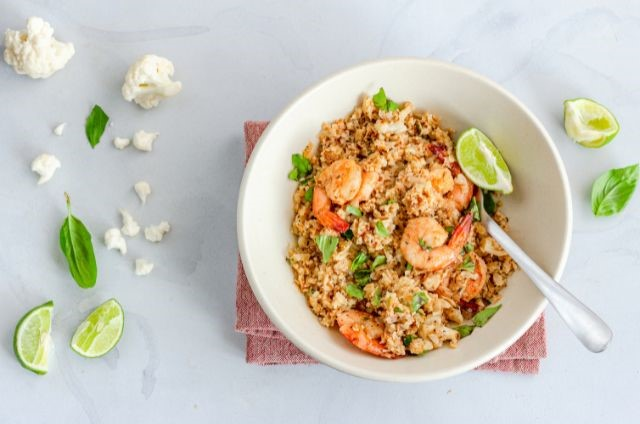
This is another low-carb substitute for polenta that is made from grated or processed cauliflower.
Cauliflower is a cruciferous vegetable rich in vitamin C, folate, potassium, and sulforaphane — a compound that may protect against cancer.
To make cauliflower rice, you need to wash and chop the cauliflower into florets and pulse them in a food processor until they resemble rice grains.
You can also use a box grater to grate the cauliflower by hand. Then, you can cook the cauliflower rice in a skillet with some oil, salt, pepper, and any other seasonings you like for 10 minutes until soft.
You can serve it as a base for your meals or use it to make fried rice, risotto, or pilaf.
Also read: Are Rice Noodles Good for Weight Loss?
Brown Rice
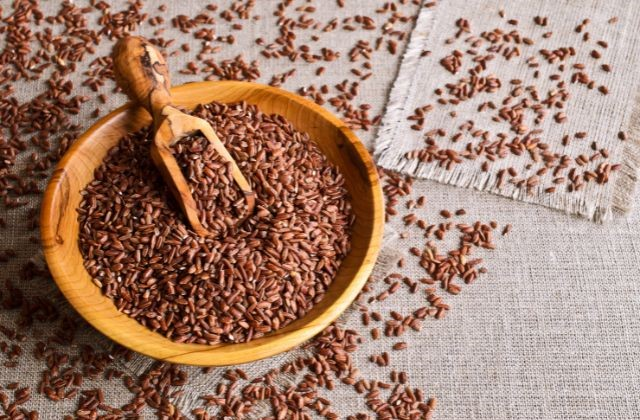
Brown rice is a whole grain, much like whole-grain polenta. The primary difference is that the bran and germ are retained in brown rice, providing more fiber, vitamins, and minerals compared to its white counterpart.
The increased fiber content can help with feelings of fullness, potentially reducing calorie consumption. Moreover, brown rice has a moderate glycemic index, ensuring a steady release of energy and preventing sudden blood sugar spikes.
Also read: Is Chicken and Rice Good for Weight Loss?
Quinoa
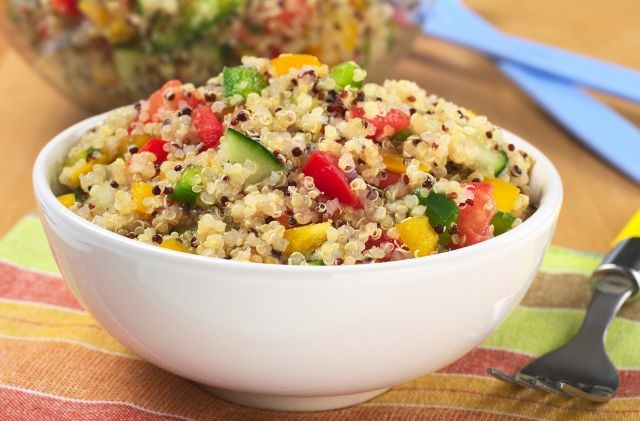
Quinoa is often hailed as a “superfood” due to its impressive nutritional profile. Unlike many grains, quinoa is a complete protein, meaning it contains all nine essential amino acids the body requires.
This makes it especially beneficial for those who are vegetarian or vegan. Protein is known for its satiety-inducing properties, helping to keep hunger at bay and potentially reducing overall calorie intake.
Additionally, quinoa is rich in dietary fiber, which aids digestion, promotes feelings of fullness, and can help stabilize blood sugar levels.
Its low glycemic index means it won’t cause rapid spikes in blood sugar, making it a good choice for sustained energy.
Also read: Is Cornbread Good for Weight Loss?
Conclusion
As a source of complex carbohydrates, it can provide sustained energy, aiding those on a weight loss journey by promoting feelings of fullness.
Its naturally gluten-free nature ensures it’s a fitting choice for a diverse range of diets.
However, like any food, the key lies in its preparation and portion control.
When paired with wholesome ingredients and consumed in moderation, polenta can be a valuable addition to a weight-conscious diet, offering both flavor and nutritional benefits.
FAQ
Is polenta healthy or fattening?
Polenta is healthy when consumed in moderation, but it can be fattening if overeaten or prepared with high-fat ingredients.
Is polenta a bad carb?
No, polenta is a complex carbohydrate, which provides sustained energy and is beneficial when included in a balanced diet.
Why is polenta so low-calorie?
Polenta is considered low-calorie when cooked with water because it primarily consists of carbohydrates from cornmeal without added fats.
How many calories are in a bowl of polenta?
The calorie content varies based on preparation, but a typical serving (about 100 grams) of cooked polenta has approximately 70-85 calories.
